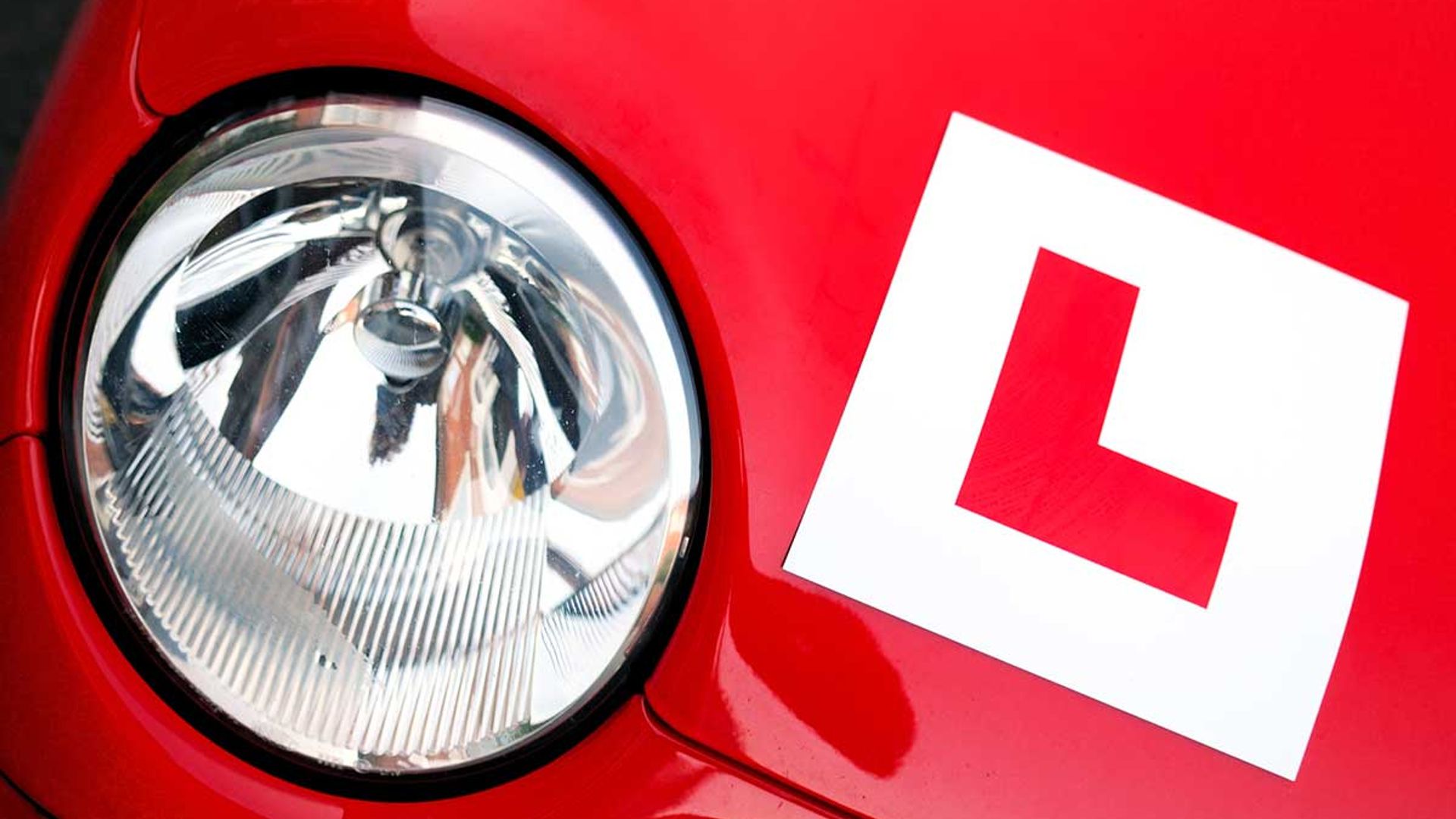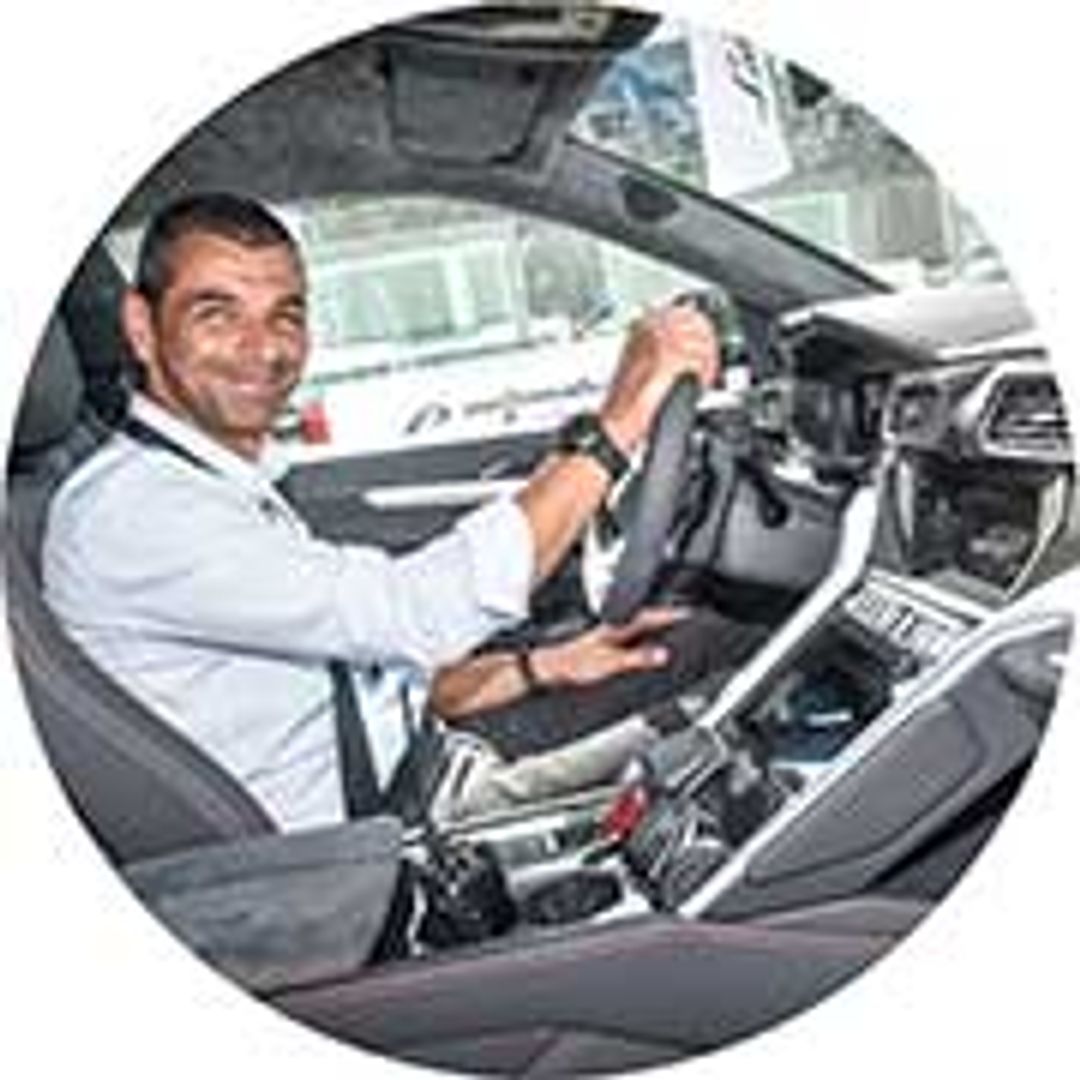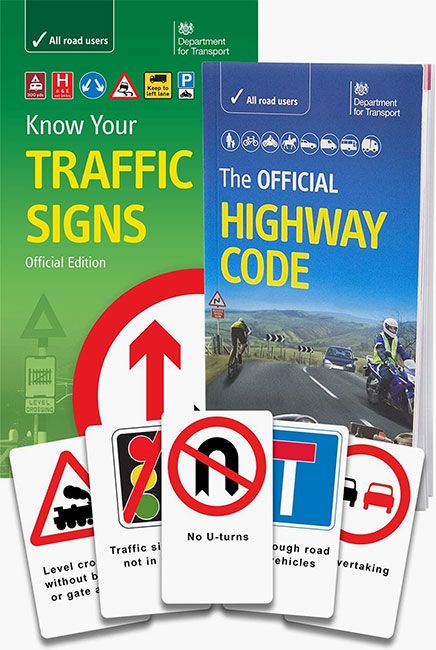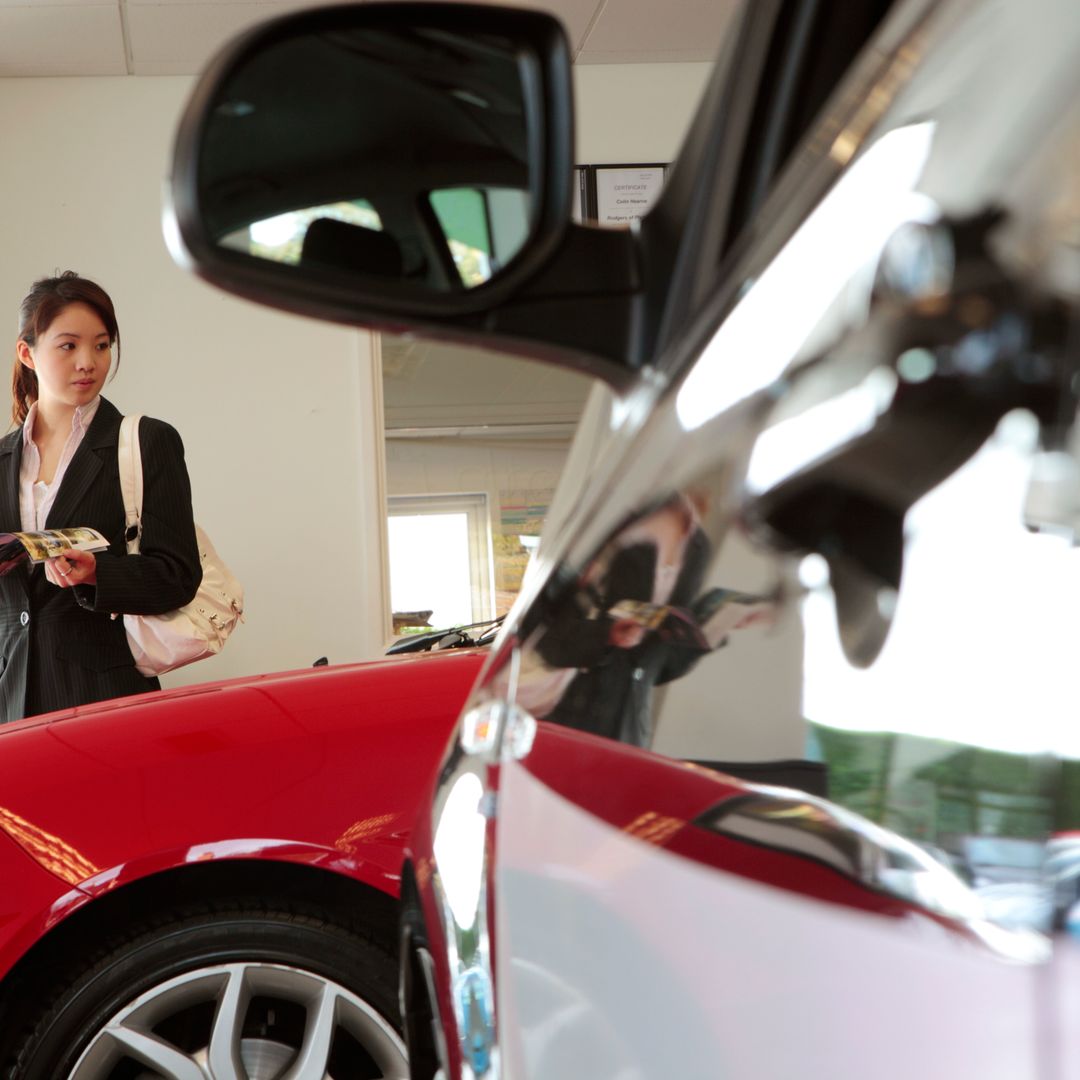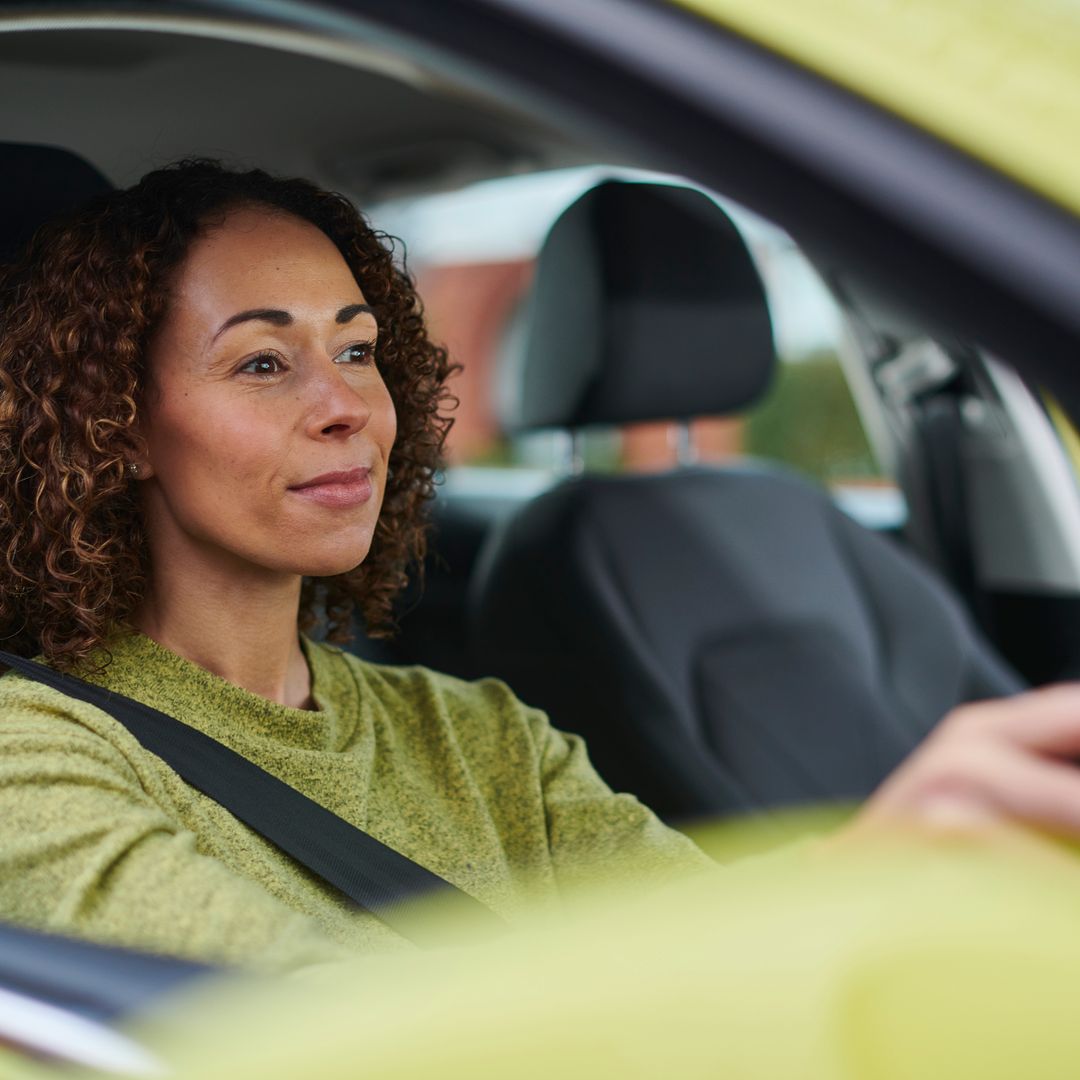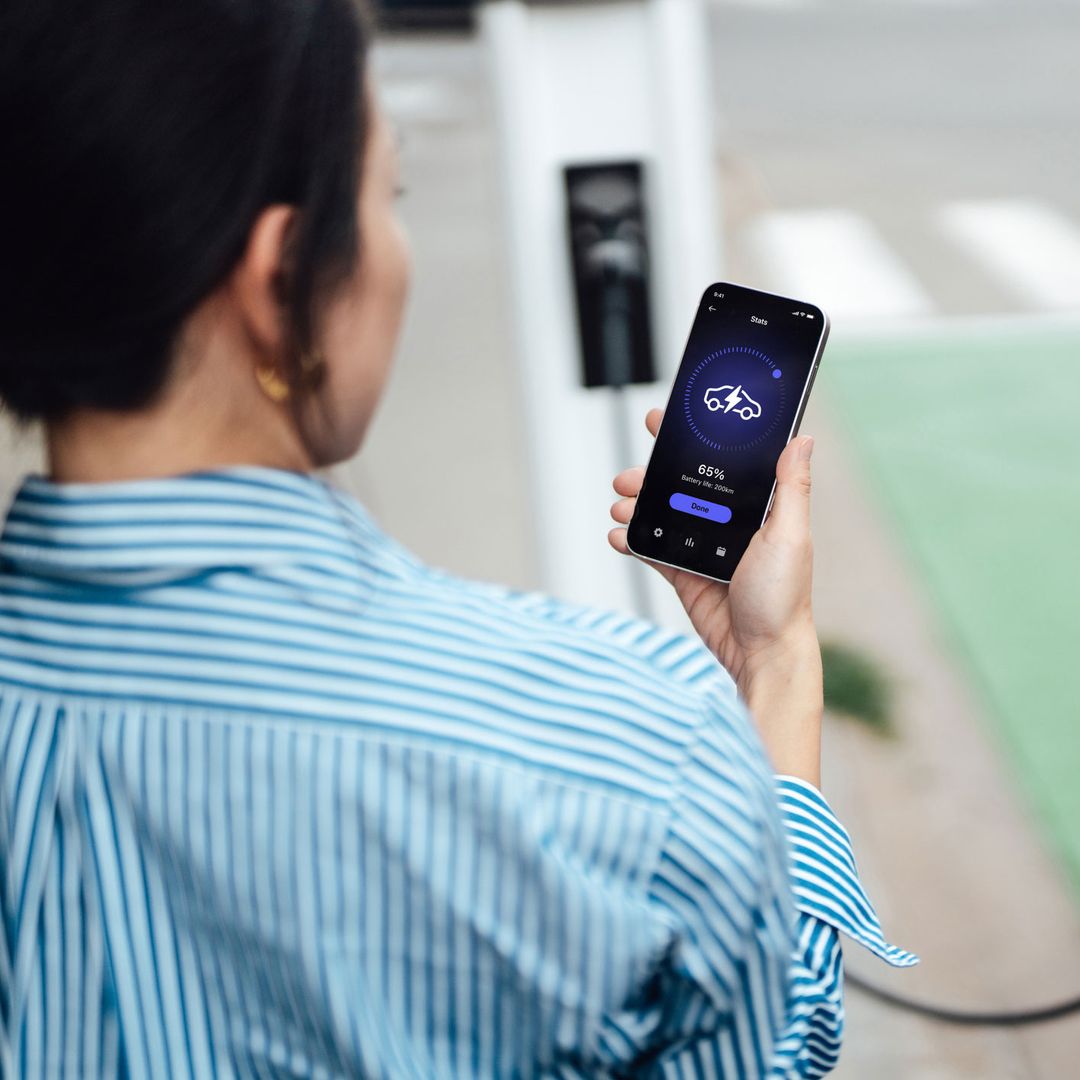Learning to drive is a rite of passage – there’s nothing like ripping up those L plates and taking to the road in your car as a fully fledged driver. On average, it takes around 45 hours of driving lessons to learn to drive, and even then most of us fail our practical test first time.
MORE: Royal first cars - see the motors Princess Diana, Kate Middleton and more royals used to drive
There’s no secret to passing your driving test – it’s the combination of a lot of factors including hard work, practice, determination and experience. I've put together the some insider tips on how to pass your driving test first time...
1. Practice makes perfect
The more driving experience you get, the quicker you’ll get the hang of it. If possible, find a willing family member or friend to take you out for extra practice in addition to regular driving lessons with a qualified instructor. Don’t be in too much of a rush to book your driving test – your instructor will know when you’re ready. Too early and you may as well be throwing your £64 test fee away.
Theory Test Pass Pack, £14.99, Amazon
SHOP NOW
2. Book your driving test
If you’re ready to take your test, ask your instructor for test centre options. Obviously you don’t want to drive too far, but equally you should avoid test centre in busy city centres. Once you’ve booked a test centre, make sure you have lessons in the area, and preferably on the test routes, so it’s not a complete surprise on your test day.
Finally, choose a time when the traffic is not so busy, so avoid morning and late afternoon rush hours.
3. Prep makes perfect
In the run up to your test day, take mock driving tests with your instructor so you know what to expect. Also, revisit the theory (you may have taken the test many months before) because there’s no excuse for getting caught out during your test because you haven’t brushed up on your knowledge of the Highway Code and road signs.
UK Driving Test Kit, £20, Amazon
SHOP NOW
4. On the day
Your driving test will consist of an eyesight check, 'Show Me, Tell Me' vehicle knowledge questions, reversing manoeuvres, 20 minutes of independent driving and it’s more than likely that you will have to follow sat nav directions.
In all, you’ll be driving for around 40 minutes. Examples of 'Show Me, Tell Me' questions include: “Open the bonnet and tell me how you’d check that the engine has sufficient oil” and “When it’s safe to do so, can you show me how you’d demist the front windscreen?”
5. Use your instructor’s car
Take your test in a car you know well and feel comfortable in - most candidates take their test in their instructor’s car for this reason. There are other advantages too because the car should meet the examiners’ standards (for example, it must be roadworthy and insured for a driving test).
Also, make sure your instructor gives you a rundown of the mechanics of the car. This knowledge will be invaluable during the ‘Show Me, Tell Me’ section of the test.
RELATED: 10 of the best cars for new drivers, whatever your budget
6. Test day essentials
Be on time. The Driver and Vehicle Standards Agency (DVSA) recommends turning up at the test centre 10 minutes before the start of your driving test. Candidates have been known to have their driving tests cancelled without a refund, due to their late arrival.
Dress comfortably, have your provisional driving licence to hand and don’t forget your glasses if you use them for driving. The eyesight test requires you to read the licence plate of a vehicle 20 metres away.
7. And breathe
It’s only natural to feel nervous before your driving test. There’s been a big build up and there could be a lot hanging on it. A driving lesson beforehand can help to calm your nerves and put you in the right frame of mind for driving.
Also, make sure you had a good sleep the night before. During the test, drive just like you would with your instructor sitting next to you.
8. Be alert
Examiners are looking for natural, safe and confident driving, plus a general awareness of the often fast-changing environment. There’s no harm in ever-so-slightly exaggerating certain actions, such as regularly using mirrors and checking for blind spots, but don’t go overboard because the examiner will be watching you closely. Also, always be alert for cyclists and pedestrians.
Magentic P plates, £6.99, Amazon
SHOP NOW
9. Say that again?
You can talk to your examiner during the test, but just remember that they may not say much because they want you to concentrate on the road. That said, you must ask the examiner to repeat or clarify any instructions if you’re unsure. Better that way than to make an error.
READ: The new Highway Code rules you need to know in 2022
10. Keep calm and carry on
If you make a mistake during your driving test, it doesn’t necessarily mean you have failed - carry on as though it never happened. There are three types of faults you can make: a dangerous fault - this involves actual danger to you, the examiner, the public or property; a serious fault - something potentially dangerous; and a driving fault - this is not potentially dangerous, but if you keep making the same fault, it could become a serious fault
You’ll pass your driving test if you make no more than 15 driving faults (sometimes called ‘minors’) or no serious or dangerous faults (sometimes called ‘majors’).
Congratulations mug, £8.99, Etsy
SHOP NOW
HELLO!'s selection is editorial and independently chosen – we only feature items our editors love and approve of. HELLO! may collect a share of sales or other compensation from the links on this page. To find out more visit our FAQ page.
